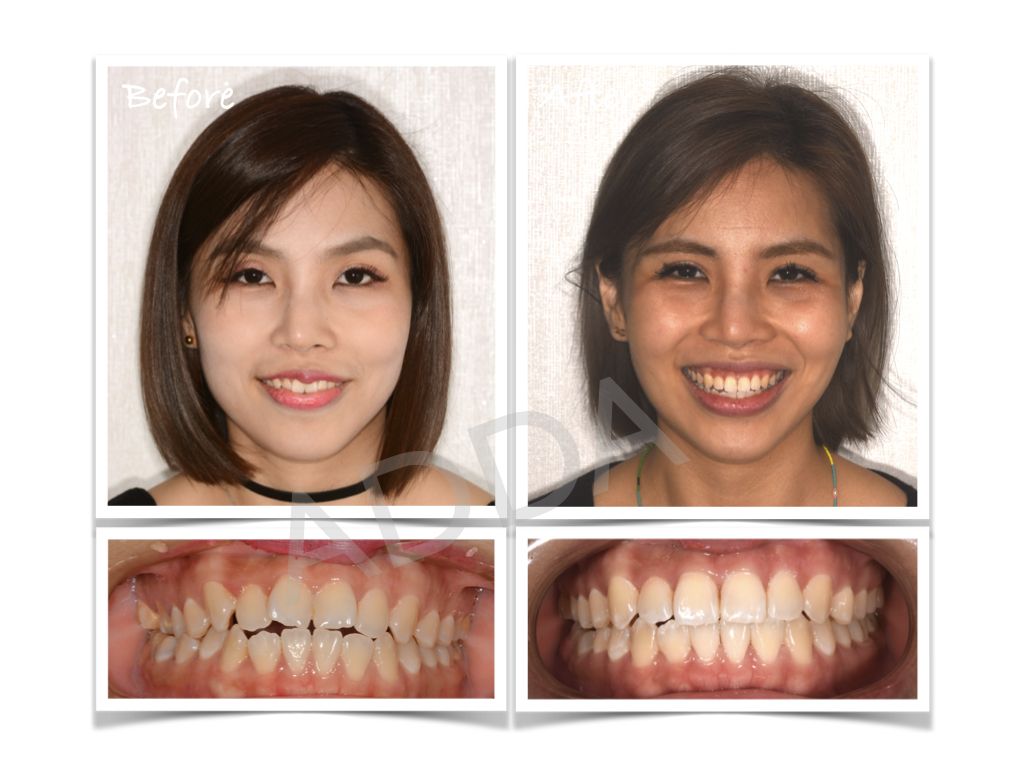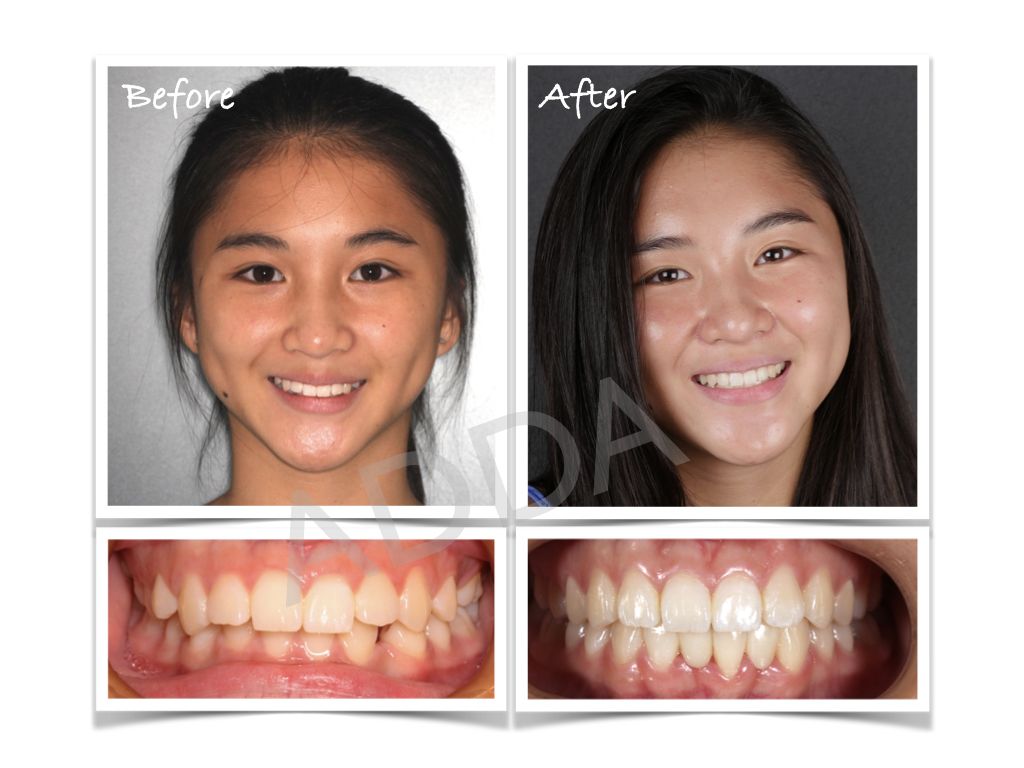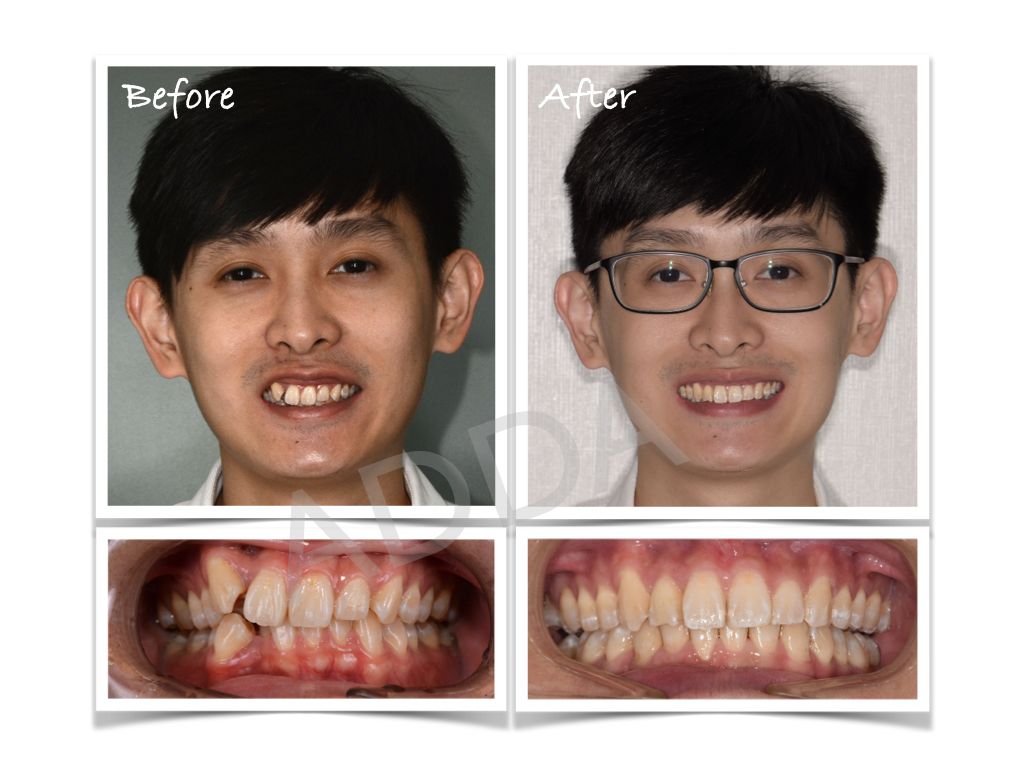Dealing with orthodontic issues can be challenging, but Invisalign has become a popular alternative to traditional braces. However, it’s crucial to understand that not all cases are ideal for Invisalign, and some might fall into the "worst case" category. If you're considering this treatment, it's essential to weigh the pros and cons and explore whether it’s suitable for your specific dental needs.
Many people are drawn to Invisalign because of its discreet appearance and convenience. Unlike traditional braces, Invisalign aligners are removable, making it easier to maintain oral hygiene. However, there are cases where Invisalign may not be the best solution. Understanding these limitations is key to making an informed decision about your orthodontic treatment.
In this article, we’ll delve into the worst-case scenarios for Invisalign, explore potential risks, and provide expert insights to help you decide if this treatment is right for you. By the end of this guide, you’ll have a comprehensive understanding of the challenges associated with Invisalign and how to avoid pitfalls.
Read also:Gabby Green Rising Star In The World Of Entertainment And Social Media
Table of Contents
- What is Invisalign?
- Worst Case Scenarios for Invisalign
- Limitations of Invisalign
- Cost Considerations
- Success Stories vs. Worst Cases
- Alternatives to Invisalign
- Choosing the Right Treatment
- Frequently Asked Questions
- Expert Opinions on Invisalign
- Conclusion
What is Invisalign?
Invisalign is an orthodontic treatment that uses clear, removable aligners to straighten teeth. Unlike traditional metal braces, Invisalign aligners are nearly invisible and can be removed for eating, brushing, and flossing. This makes it a popular choice for adults and teenagers who want a less conspicuous alternative to braces.
Key Features of Invisalign:
- Custom-made aligners designed to fit your teeth.
- Removable for better oral hygiene.
- Gradual tooth movement over time.
- Regular check-ups to monitor progress.
While Invisalign is effective for many orthodontic cases, it’s not suitable for everyone. Understanding its limitations is crucial before committing to the treatment.
Worst Case Scenarios for Invisalign
Severe Misalignment
One of the most common worst-case scenarios for Invisalign is severe misalignment of teeth. Invisalign is generally effective for mild to moderate orthodontic issues, but it may struggle with extreme cases of overcrowding, underbite, or overbite. For these situations, traditional braces or other advanced treatments might be more appropriate.
Non-Compliance with Treatment
Invisalign requires consistent wear for at least 20-22 hours per day to achieve optimal results. Patients who fail to adhere to this schedule may experience slower progress or even treatment failure. Non-compliance is a significant factor in worst-case outcomes.
Complex Dental Issues
Certain dental conditions, such as impacted teeth or severe bite issues, may not be adequately addressed by Invisalign. In these cases, more invasive treatments like surgery or traditional braces may be necessary.
Read also:Guardians Of The Galaxy Actors Everything You Need To Know
Limitations of Invisalign
Invisalign has several limitations that should be considered before starting treatment:
- Not suitable for all types of dental issues.
- Requires high patient compliance for success.
- Potentially longer treatment time compared to traditional braces.
- Higher cost compared to some other orthodontic treatments.
Understanding these limitations can help patients make an informed decision about whether Invisalign is the right choice for their specific needs.
Cost Considerations
The cost of Invisalign varies depending on several factors, including the complexity of the case, the length of treatment, and the location of the orthodontist. On average, Invisalign treatment can range from $3,000 to $8,000. While this may seem expensive, it’s important to consider the long-term benefits of improved oral health and a more confident smile.
Factors Affecting Cost:
- Severity of the orthodontic issue.
- Length of treatment.
- Geographical location.
- Insurance coverage.
Success Stories vs. Worst Cases
Success Stories
Many patients have experienced great success with Invisalign, reporting improved alignment, better oral hygiene, and increased confidence. Success stories often highlight the convenience and effectiveness of the treatment, especially for those with mild to moderate orthodontic issues.
Worst Case Examples
On the other hand, some patients have encountered challenges with Invisalign, particularly in cases of non-compliance or severe dental issues. These worst-case scenarios emphasize the importance of thorough consultation with an orthodontist to determine if Invisalign is the right choice.
Alternatives to Invisalign
For patients who may not be suitable candidates for Invisalign, there are several alternative treatments available:
- Traditional Braces: Effective for severe orthodontic issues, though less discreet.
- Lingual Braces: Placed behind the teeth for a more hidden appearance.
- Clear Braces: Ceramic brackets that blend with the teeth for a less noticeable look.
- Surgical Options: For complex cases requiring more invasive treatment.
Choosing the Right Treatment
Selecting the right orthodontic treatment involves careful consideration of several factors, including the severity of the issue, personal preferences, and financial considerations. Consulting with an experienced orthodontist is essential to determine the best course of action.
Tips for Choosing the Right Treatment:
- Consult with multiple orthodontists for a second opinion.
- Ask about the expected treatment duration and costs.
- Consider your lifestyle and ability to comply with treatment requirements.
Frequently Asked Questions
How Long Does Invisalign Treatment Take?
The length of Invisalign treatment varies depending on the severity of the orthodontic issue. On average, treatment lasts between 12 and 18 months, but it can be longer for complex cases.
Is Invisalign Painful?
Most patients experience mild discomfort when switching to a new set of aligners, but this typically subsides within a few days. Over-the-counter pain relievers can help manage any discomfort.
Can Invisalign Fix Severe Orthodontic Issues?
Invisalign is generally most effective for mild to moderate cases. Severe orthodontic issues may require alternative treatments, such as traditional braces or surgery.
Expert Opinions on Invisalign
According to a study published in the Journal of Clinical Orthodontics, Invisalign is a highly effective treatment for many orthodontic cases, particularly when patients adhere to the recommended wear schedule. However, experts caution that it’s not a one-size-fits-all solution and should be carefully evaluated on a case-by-case basis.
Dr. Jane Smith, a leading orthodontist, notes, “While Invisalign has revolutionized orthodontic treatment, it’s crucial for patients to understand its limitations. Not all cases are suitable for Invisalign, and thorough consultation is key to ensuring success.”
Conclusion
Invisalign offers a convenient and discreet alternative to traditional braces for many patients, but it’s not without its limitations. Understanding the worst-case scenarios, such as severe misalignment or non-compliance, is essential before committing to treatment. By consulting with an experienced orthodontist and weighing the pros and cons, you can make an informed decision about whether Invisalign is the right choice for your orthodontic needs.
We encourage you to share your thoughts and experiences in the comments below. Have you had success with Invisalign, or did you encounter any challenges? Your feedback can help others make informed decisions about their orthodontic treatment. Don’t forget to explore our other articles for more valuable insights on dental health and wellness.


